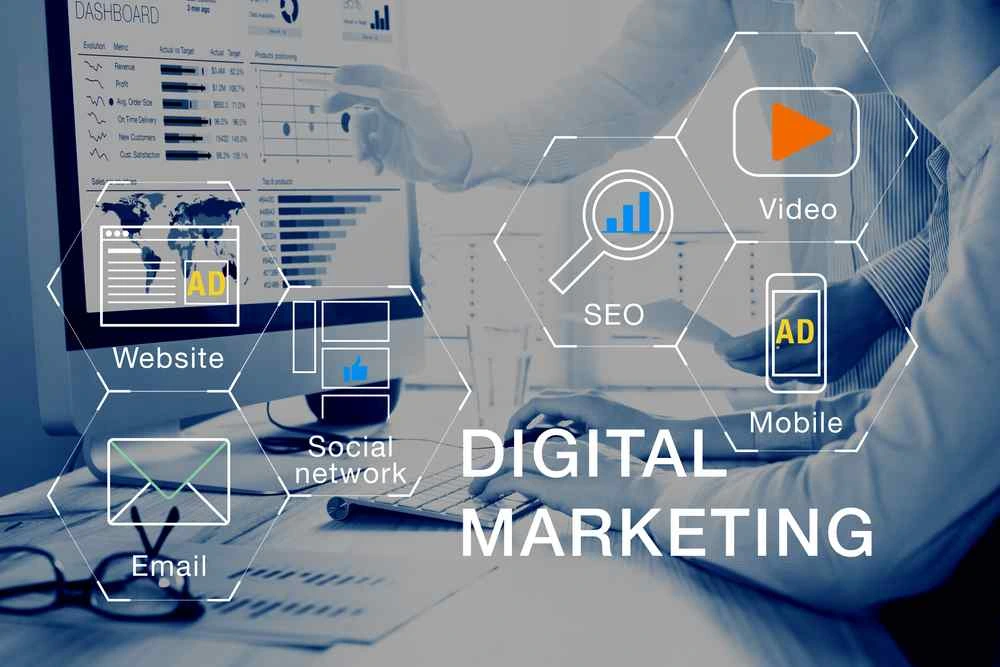In the digital marketing world, programmatic advertising has revolutionized how brands connect with their audiences. Instead of manually negotiating ad placements, programmatic advertising uses automated technology to buy and optimize digital ads in real-time. This method not only improves efficiency but also ensures ads are shown to the right person, at the right time, and on the right platform.
What is Programmatic Advertising?
Programmatic advertising is the automated process of purchasing digital ad space using Agencia de marketing digital artificial intelligence (AI) and real-time bidding (RTB). Unlike traditional ad buying, where marketers deal directly with publishers, programmatic platforms handle transactions instantly through algorithms. This automation reduces costs, increases precision, and eliminates the need for lengthy negotiations.
How Programmatic Advertising Works
The process relies on a demand-side platform (DSP), which allows advertisers to purchase ad inventory across multiple publishers. At the same time, supply-side platforms (SSPs) help publishers sell their available ad space. When a user visits a website, programmatic technology evaluates their data—such as demographics, interests, and online behavior—in milliseconds. Then, an auction occurs where advertisers bid for that impression. The highest bidder wins, and their ad is displayed instantly.
Types of Programmatic Advertising
-
Real-Time Bidding (RTB) – The most common form, where ad impressions are bought and sold through real-time auctions.
-
Programmatic Direct – Involves guaranteed ad placements without bidding, offering advertisers premium inventory with fixed pricing.
-
Private Marketplaces (PMPs) – Invite-only auctions where select advertisers can access exclusive inventory.
-
Automated Guaranteed – A direct agreement between buyer and publisher, automated but without bidding.
Benefits of Programmatic Advertising
-
Efficiency – Automation saves time by removing manual negotiations.
-
Precision Targeting – Ads can be targeted based on demographics, location, device, browsing behavior, and more.
-
Cost-Effectiveness – Real-time bidding ensures advertisers only pay for valuable impressions.
-
Scalability – Brands can run campaigns across multiple platforms simultaneously.
-
Real-Time Optimization – Data-driven insights allow marketers to adjust campaigns instantly for better performance.
Challenges of Programmatic Advertising
While powerful, programmatic advertising also comes with challenges:
-
Ad Fraud – Fake impressions or clicks can waste ad spend.
-
Brand Safety – Without proper filters, ads may appear on inappropriate websites.
-
Complexity – The technology involves multiple platforms and requires expertise to manage effectively.
To overcome these, advertisers must work with trusted programmatic partners and implement strong fraud detection tools.
The Future of Programmatic Advertising
With the rise of artificial intelligence, machine learning, and data-driven marketing, programmatic advertising is only expected to grow. Trends such as programmatic TV, audio ads, and digital out-of-home (DOOH) campaigns are expanding its reach beyond web and mobile. As privacy regulations evolve, advertisers will also need to balance personalization with data protection.
Conclusion
Programmatic advertising has transformed digital marketing by making ad buying smarter, faster, and more targeted. By leveraging automation and real-time bidding, businesses can maximize their return on investment while reaching the right audiences at scale. For brands looking to stay competitive in the digital age, embracing programmatic advertising is no longer optional—it’s essential.
